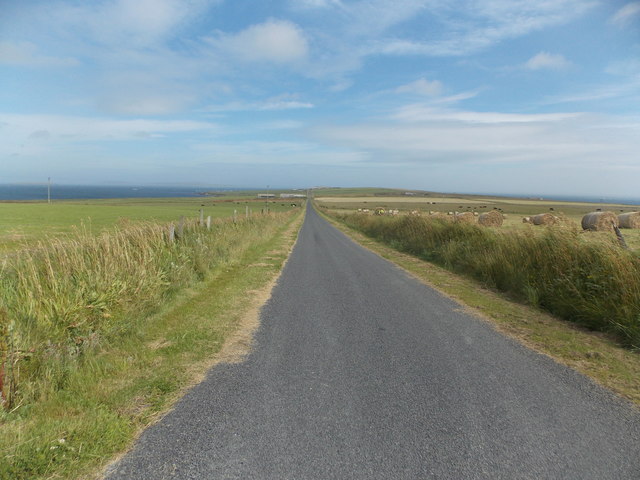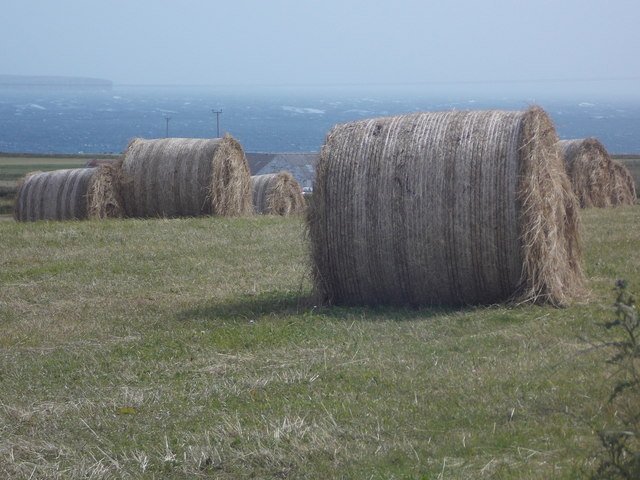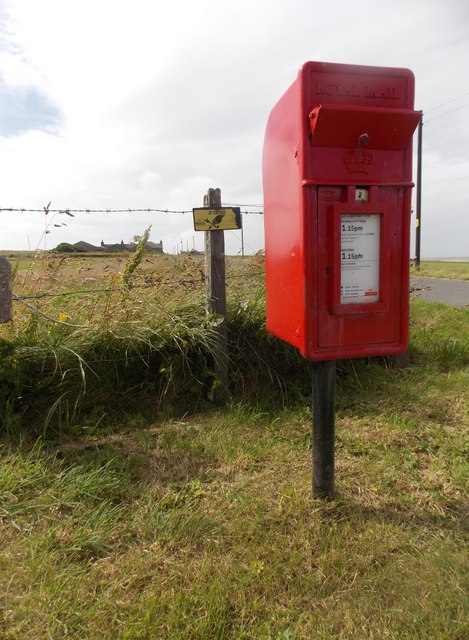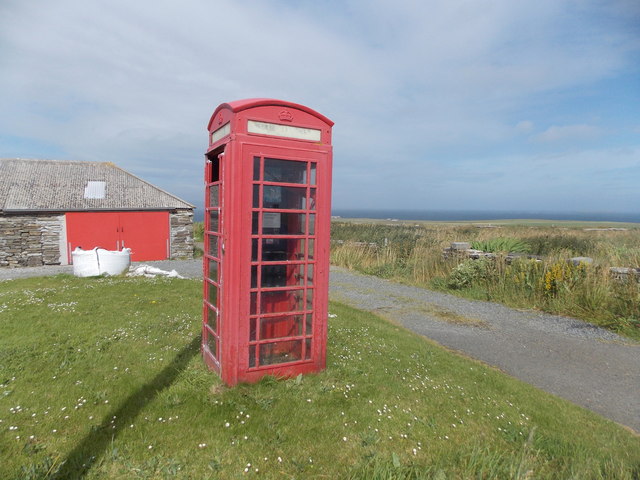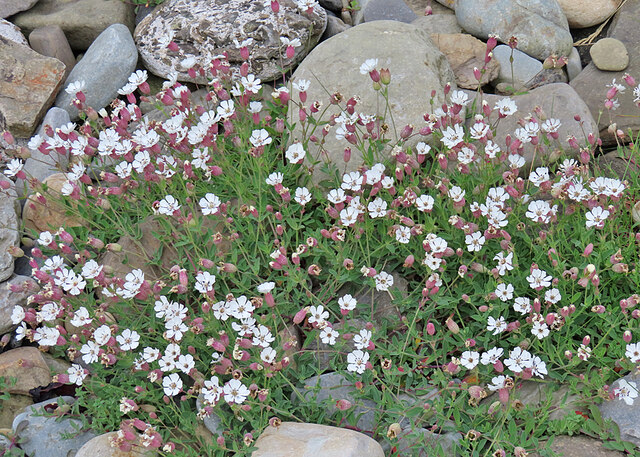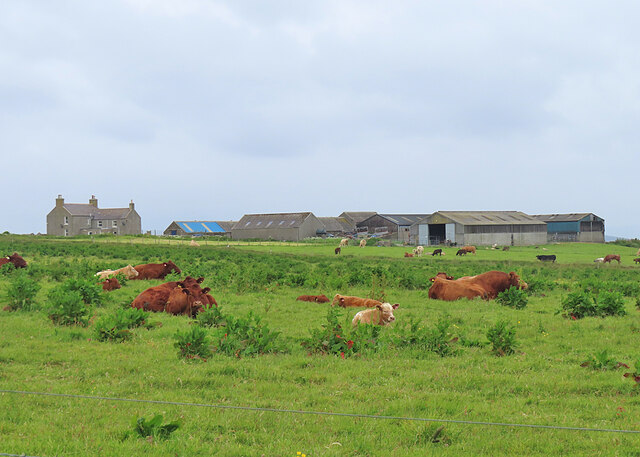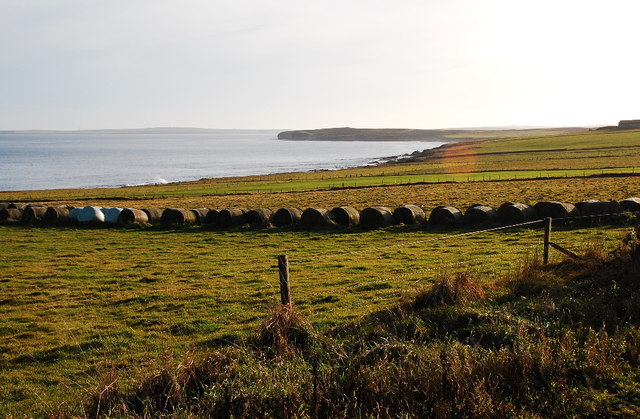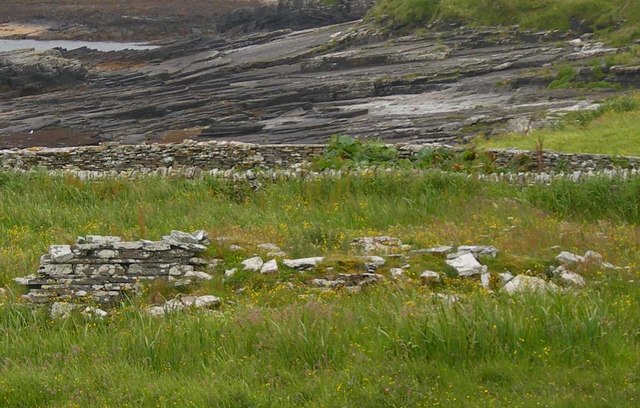Geo of Steinsa
Coastal Feature, Headland, Point in Orkney
Scotland
Geo of Steinsa
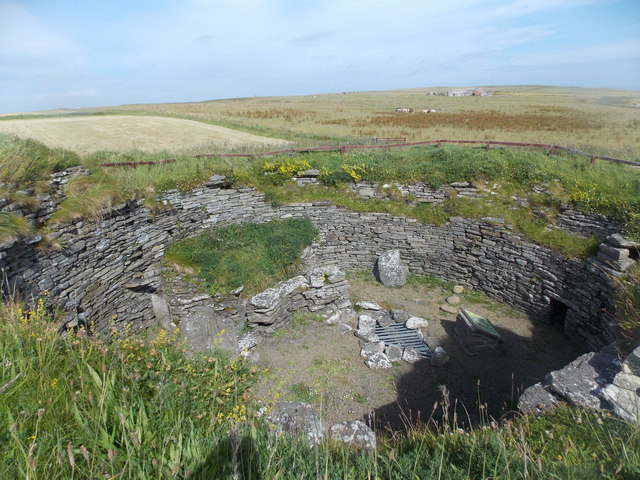
Geo of Steinsa is a prominent coastal feature located on the island of Orkney, situated off the northeastern coast of Scotland. It is characterized as a headland or point, jutting out into the North Sea. The geo, a local term used to describe a narrow inlet or cove, is surrounded by steep cliffs and rock formations, offering a picturesque and dramatic seascape.
The geography of Geo of Steinsa is dominated by rugged and jagged cliffs, which rise vertically from the sea. These cliffs are composed of sandstone and flagstone, exhibiting layers of sedimentary rocks that have been shaped by natural forces over millions of years. The exposed rock layers provide a fascinating glimpse into the geological history of the area.
The sea conditions around Geo of Steinsa can be unpredictable, with powerful waves crashing against the cliffs during storms, creating a spectacle of raw natural power. The constant erosion caused by the relentless force of the waves has sculpted the cliffs into intricate formations, including sea stacks and caves.
The area surrounding Geo of Steinsa is rich in biodiversity, with various seabirds, such as fulmars and kittiwakes, nesting on the cliff ledges. The surrounding waters also support a diverse marine ecosystem, with seals and dolphins occasionally spotted in the vicinity.
Due to its striking beauty and geological significance, Geo of Steinsa attracts visitors from both avid nature enthusiasts and geology enthusiasts. It offers an opportunity to appreciate the power of nature and witness the interplay between land and sea in a stunning coastal setting.
If you have any feedback on the listing, please let us know in the comments section below.
Geo of Steinsa Images
Images are sourced within 2km of 59.057635/-2.8168617 or Grid Reference HY5319. Thanks to Geograph Open Source API. All images are credited.
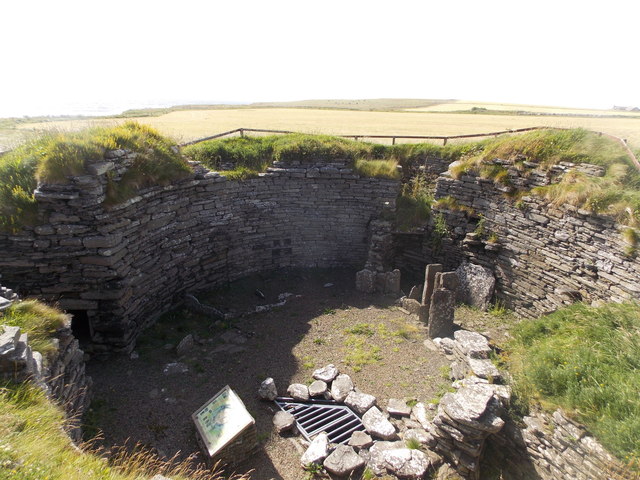
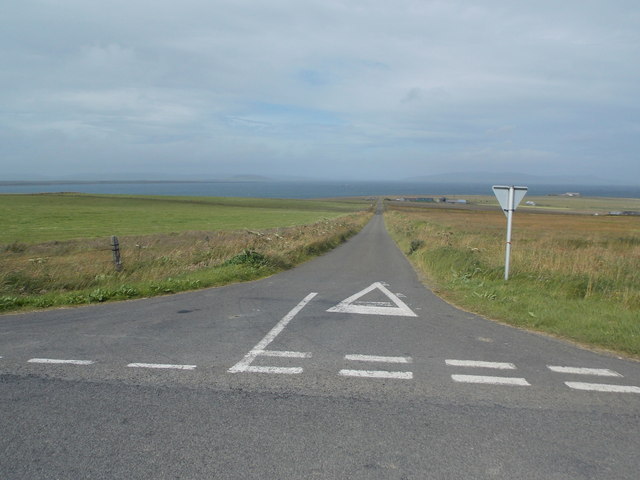
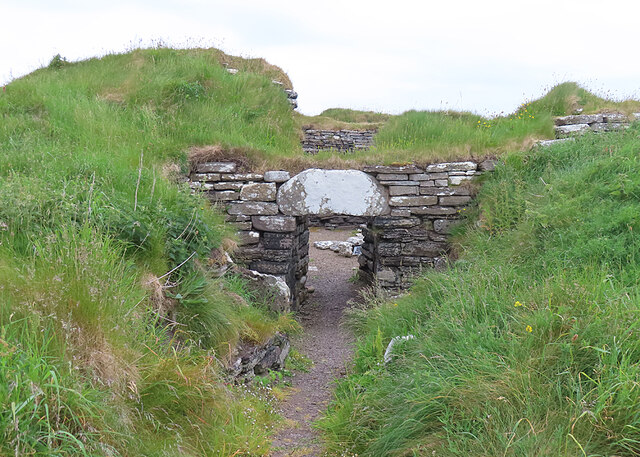
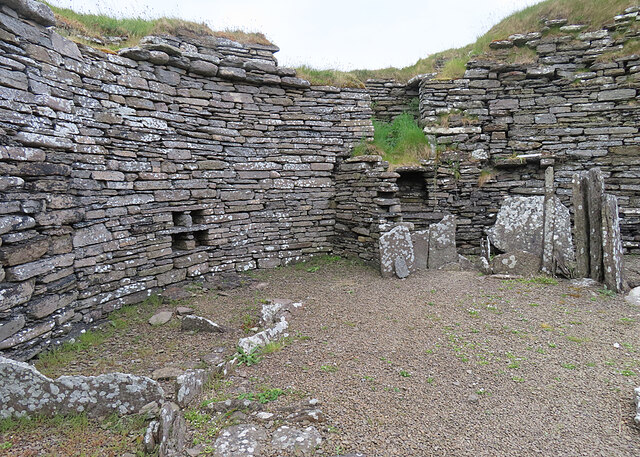
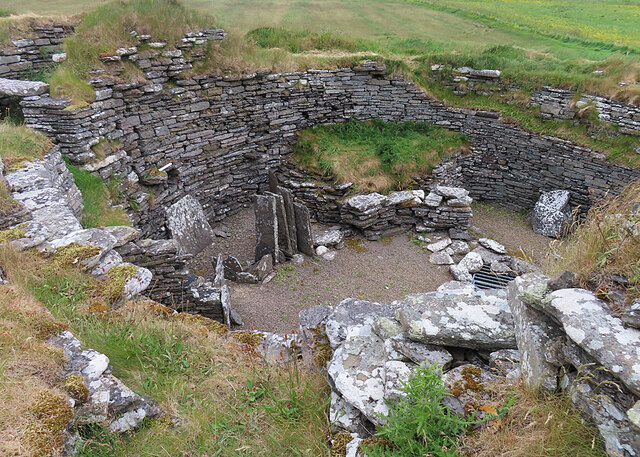
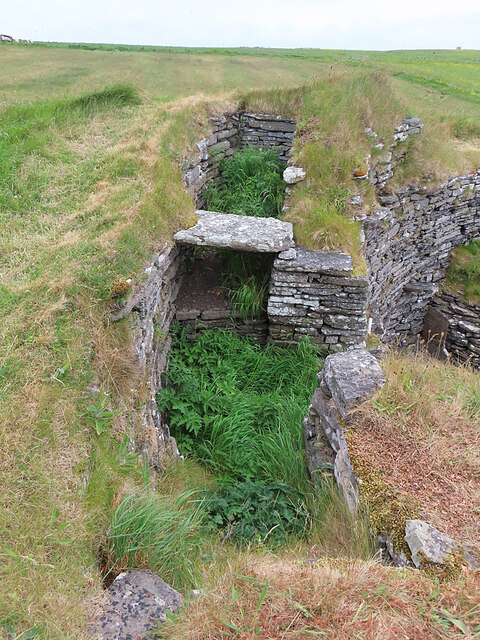
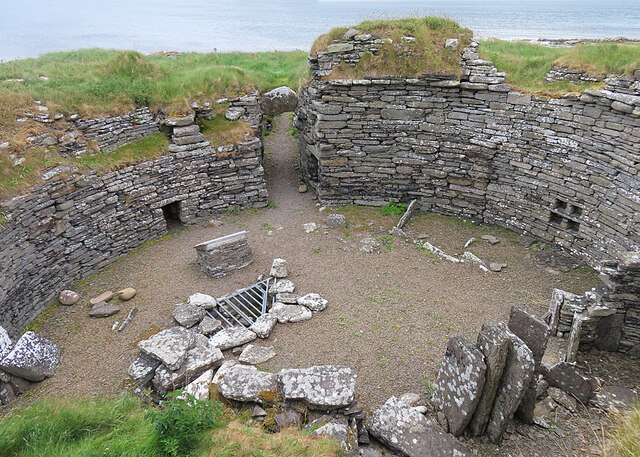
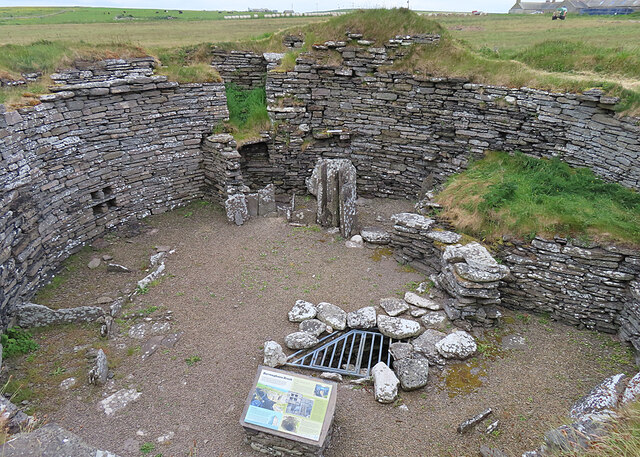
Geo of Steinsa is located at Grid Ref: HY5319 (Lat: 59.057635, Lng: -2.8168617)
Unitary Authority: Orkney Islands
Police Authority: Highlands and Islands
What 3 Words
///sourcing.gained.anyway. Near Balfour, Orkney Islands
Nearby Locations
Related Wikis
Linton Chapel
Linton Chapel is a ruined chapel on the east coast of Shapinsay, Orkney (Grid Reference HY5218). The chapel is thought to date as early as the 12th century...
Bay of Linton
The Bay of Linton is a bay on the east coast on the island of Shapinsay in the Orkney Islands, Scotland. To the north of Linton Bay are the headlands...
Burroughston Broch
Burroughston Broch is an Iron Age broch located on the island of Shapinsay in the Orkney Islands, in Scotland (grid reference HY54062100). The site overlooks...
Quholm
Quholm (grid reference HY5221) is a farm in the northeast of Shapinsay, in the islands of Orkney, Scotland. == Historical sites == Slightly to the south...
Lairo Water
Lairo Water is a surface water body known as an ayre situated on the western coast of Shapinsay in the Orkney Islands. This brackish water body is separated...
Mor Stein
Mor Stein is a neolithic standing stone in the southeastern part of the island of Shapinsay, Orkney Islands, Scotland. Shapinsay is one of the two large...
The Ouse
The Ouse is a tidal estuary in northern Shapinsay, Orkney Islands. This water body has been shown on early maps of the island in a very similar shape to...
Castle Bloody
Castle Bloody is a prehistoric feature on the island of Shapinsay, Orkney, Scotland. Hogan observes that while the feature is marked as a chambered mound...
Nearby Amenities
Located within 500m of 59.057635,-2.8168617Have you been to Geo of Steinsa?
Leave your review of Geo of Steinsa below (or comments, questions and feedback).
